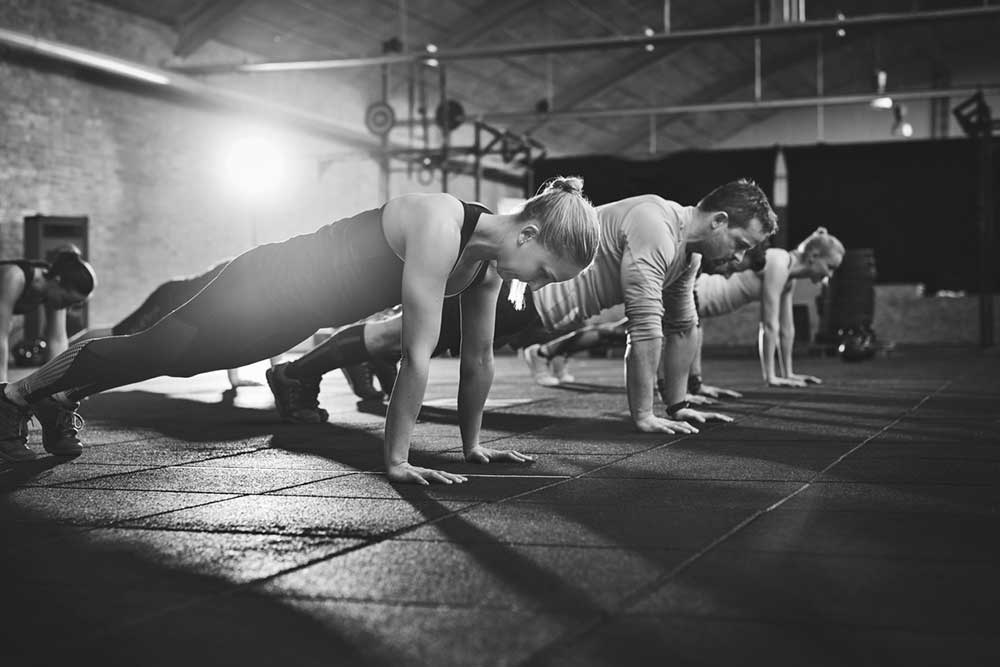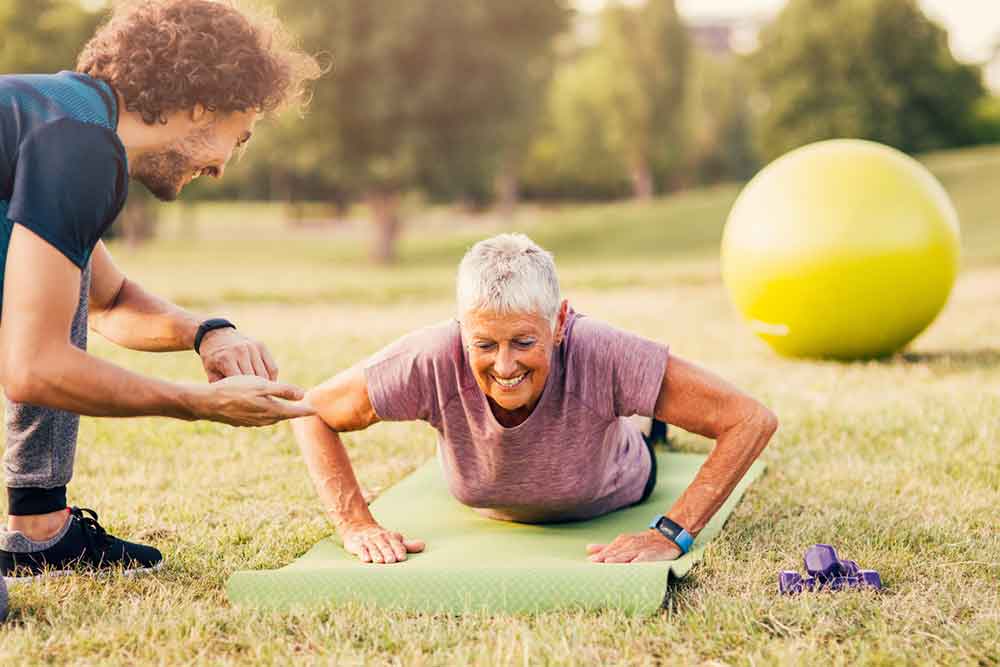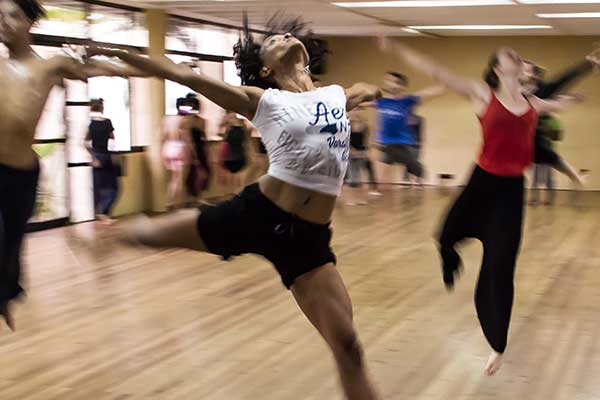Do Younger & Older Brains Respond Differently To Dance?
Aga Burzynska, PhD Dance – as a ritual, therapy, and leisure activity – has been known for thousands of years. Today, dance is increasingly used as therapy for cognitive and neurological disorders such as dementia, multiple sclerosis, or Parkinson’s disease. Yet, the effects of dance training on the brain, such as in young professional dancers, are poorly












